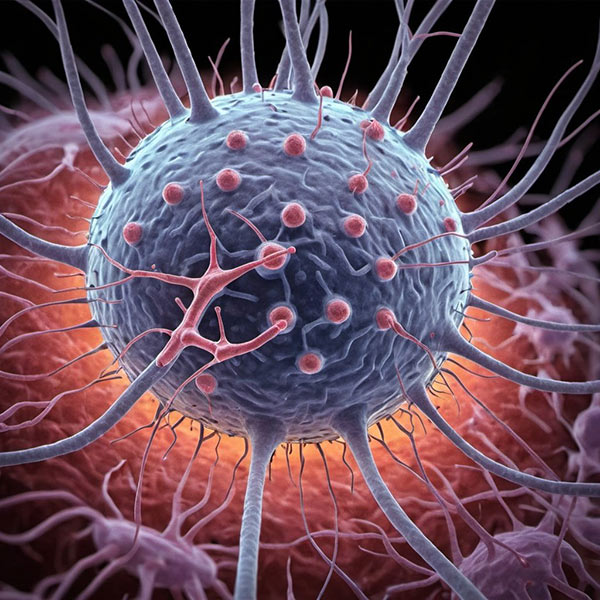Viral pathogenesis and vaccine development
About this group
Group information
Flaviviruses, a group of RNA viruses transmitted by arthropods, pose significant health challenges globally. These viruses, including Dengue, West Nile, Zika, Yellow Fever viruses and tick-borne encephalitis, cause a wide range of diseases from mild fever to severe neurological complications. The lack of effective antivirals adds to the urgency of understanding their pathogenesis. Flaviviruses interact with host cells through viral proteins and RNA-host protein interactions, impacting viral replication and host immunity. Furthermore, understanding the neuroinvasion and parthenogenesis mechanisms of flaviviruses is crucial for developing effective strategies to combat these viruses.

These viruses, such as TBE, West Nile, Zika, and Yellow Fever viruses, can enter the central nervous system (CNS) through various mechanisms, including disruption of the blood–brain barrier (BBB) and axonal transport from peripheral nerves. After entering the CNS, flaviviruses can cause different neurological symptoms, leading to years of neurological sequelae or even death. Neuroinvasion is facilitated by several host entities, including the disrupted BBB, which acts as a first line of defense by blocking the entry of many pathogens into the brain. Flaviviruses can also pass through the BBB without disruption, or travel into the CNS through axonal transport from peripheral nerves. The pathogenesis of flavivirus infections involves several mechanisms, including direct cell lysis, blockage of the cell cycle, and induction of apoptosis in neural cells. The immune system, particularly microglia and cytotoxic T-cells, can also contribute to cell death. Maintaining the balance between providing enough inflammation and immune activation to clear the infection without causing irreparable damage to the brain is essential. Understanding the mechanisms of neuroinvasion and neuropathogenesis is crucial for developing effective treatments and vaccines to combat these diseases.
Further research is needed to determine the relative contribution of each mechanism to clinical outcome and to shed light on the unknowns related to flavivirus-induced neurological damage. We have developed a "reporter virus-like particle" (RVP) system in-house for flaviviruses, enabling the identification of crucial virus-host cell protein interactions essential for the viral lifecycle and pathogenesis. This system plays a vital role in understanding how flaviviruses interact with host cells and replicate. Through this system, we can study the mechanisms of viral entry, replication, and maturation within host cells. The RVP system serves also as a vaccine platform for vaccine delivery.
